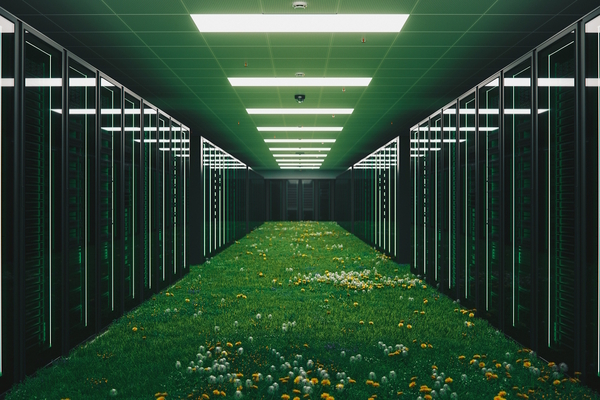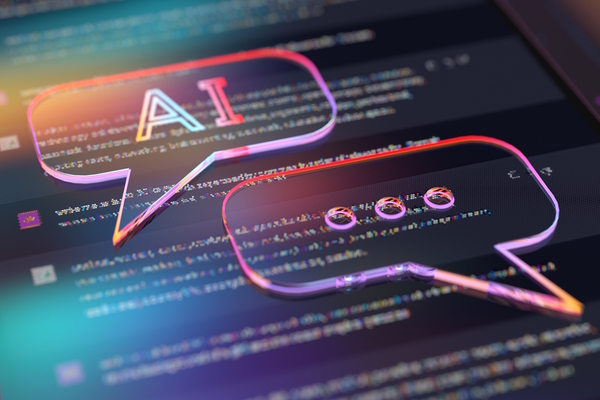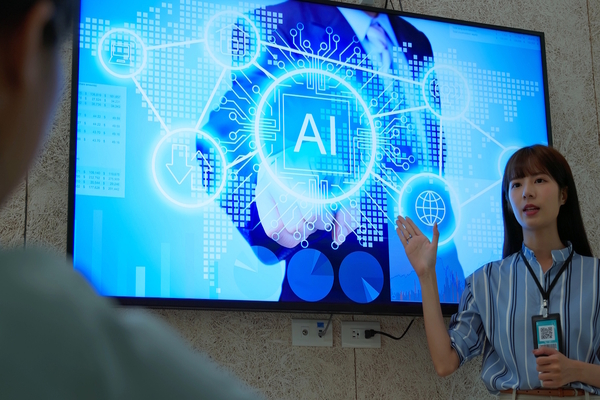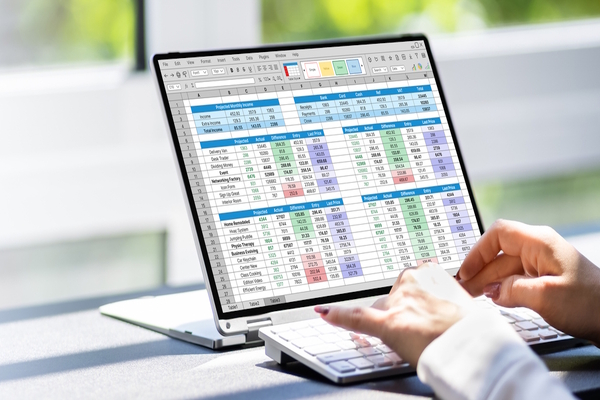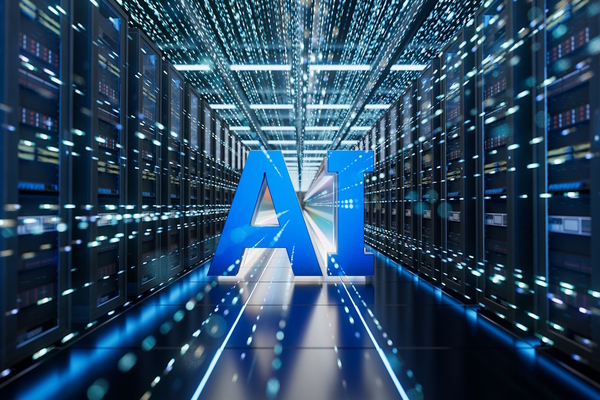New strategies for mixed reality

Yan Simard at Kognitiv Spark describes how mixed reality is increasingly being used for remote servicing and to provide global access to expertise
The use of mixed reality (MR) is fast extending beyond slick tools shoppers use when buying clothes or a new kitchen. The advancing industrial and enterprise use cases are testimony to how MR has matured.
It is no longer merely a tactical solution for very specific use cases, it enables companies to scale operations and pursue strategic ambitions. Innovation in this area is delivering real-world benefits at all levels.
Compared with virtual reality (VR), MR is proving it has greater workplace functionality. While VR has much to offer it reduces mobility as it creates an entirely new reality. MR by contrast, gives a boost to mobility and enhances natural surroundings.
This is a critical advantage and why remote field operations are one of the most obvious areas where MR is becoming a primary tactical tool. It excels whenever engineers cannot be on-site. Whether working to a break-and-fix model, or extending to servitisation, the reduction of downtime is essential to margins and service level agreements (SLAs).
How this works remotely is through a communication grid that a company creates between the subject matter expert (SME), who could be anywhere, and someone with less experience. When the latter uses MR, the engineer can supervise the work as it is executed. The pair can sustain a conversation with the addition of 3D or 2D guidance, as a PDF dropped into the worker’s field of vision on the headset, or an image as a 3D hologram.
Maximising access to expertise in remote servicing
But after adopting this tactical approach, companies have moved on to strategic uses that enable growth.
To maximise value creation, organisations need to keep a highly-trained SME as active as possible because such talent is scarce, whether in machine engineering, complex electrical installation, or any other highly technical area. Travel time for SMEs produces no value whatsoever, it means that clients are waiting, and that machines or equipment lay idle.
Equally, a shortage of SMEs hobbles an organisation’s ability to grow or offer services outside its immediate territory. This is particularly acute for companies that produce complex equipment which could be anywhere in the world. Without a presence in every corner of the globe, organisations must reassign servicing to whoever is closest, hoping whoever it is can resolve the problem.
The use of MR, however, immediately provides resolution, allowing engineers who have experience working on the same class of ship, engine, vehicle, but perhaps with different specifications and characteristics, to step in. They can use the remote guidance of the SME to service more complex or proprietary equipment.
No longer is this a ‘break the glass’ solution. MR is now adopted by organisations for remote servicing business models.
The same is also true for fixed plant. MR allows smaller organisations to extend the reach of their servicing operations beyond the physical constraints of their immediate manufacturing plant or established service centres.
Companies are not resorting to MR as a stop-gap measure to remediate a one-off case, but are extending the reach of their core skillset, potentially globally, to perform complex troubleshooting or to tackle intricate maintenance requirements. Mixed reality is what enables a company to roll out its services further, empowering its employees to resolve problems with greater autonomy and at higher speed with better outcomes for customers.
The net effect for many companies is that they can now sell further afield and manage servicing contracts and schedules without the immense complications and overheads of establishing a global web of branches and offices. This is an important shift in how organisations view MR when thinking back to the original use case.
Developments in the MR ecosystem
MR technology has forged ahead in the last few years, but not in isolation. Major advances have led to better head-tracking cameras with a more accurate depth camera to sense the environment and perform articulated hand tracking.
The development of holographical models that support people in their skilled occupations has been accompanied by expansion in design and 3D scanning software and hardware.
Similarly, fast and low-cost wireless communications has been another stimulant to progress globally. Untethered from the corporate wi-fi, MR connections are now fast and dependable in almost any location.
As MR has been more widely adopted, so it has steadily proved its value to organisations, rising from tactical to strategic use, opening up new business models and sources of revenue. There remains much more to do and to learn, but as they start out, companies should take the trouble to choose an appropriate partner with a solid onboarding process. They need reliable, first-rate software support and troubleshooting along with a full training suite.
These steps are all necessary as organisations explore how MR can transform their working practices and business models.
Yan Simard is Chief Executive Officer at Kognitiv Spark
Main image courtesy of iStockPhoto.com

Business Reporter Team
Most Viewed
Winston House, 3rd Floor, Units 306-309, 2-4 Dollis Park, London, N3 1HF
23-29 Hendon Lane, London, N3 1RT
020 8349 4363
© 2025, Lyonsdown Limited. Business Reporter® is a registered trademark of Lyonsdown Ltd. VAT registration number: 830519543
